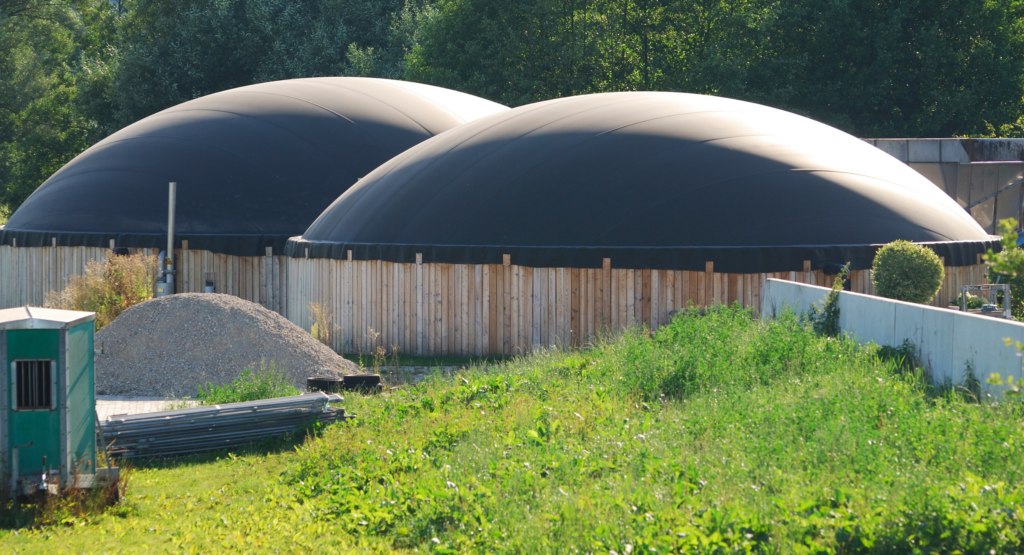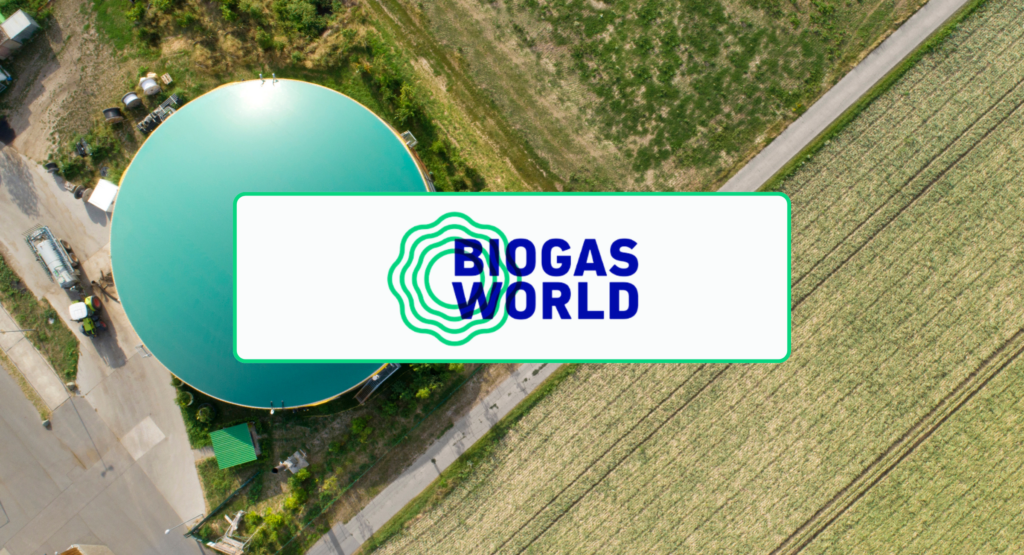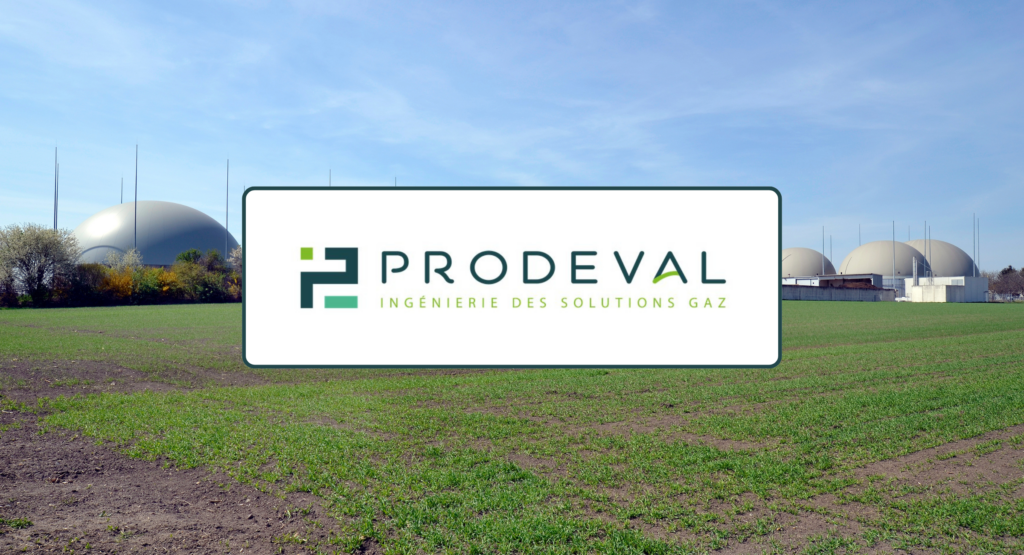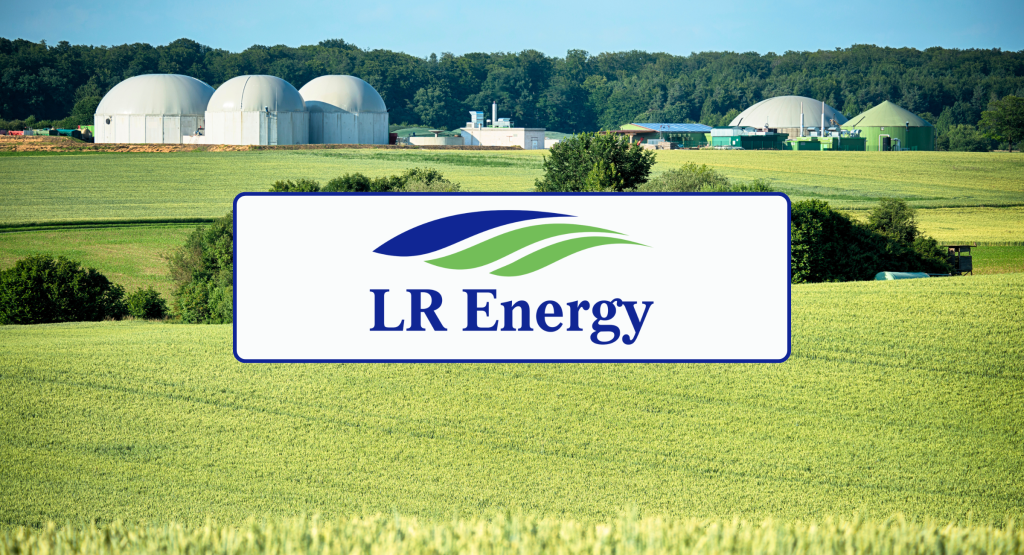SPAIN IN FOCUS: Biomethane Market is Booming

Written by Ryan Hart, BiogasWorld
Europe’s biomethane industry is entering a renaissance, and Spain has taken center stage for market growth and development.
With just 2 facilities in 2020, regulators and industry have begun priming the market for rapid growth. Through the assistance of both national and EU policies, the Spanish market has grown to 13 operational biomethane facilities, and 13 further pilot projects. Development is only accelerating, according to Gasnam, 22 facilities are under construction and a further 60 are in development. By the end of 2024, it is predicted that 64 facilities will be operational across the country.
Companies across Europe are striving to tap into Spain’s considerable potential, which Gas for Climate estimates by 2030 to be just under 4 bcm, increasing to over 13 bcm by 2050.
The Spanish government has set forward the goal of achieving 20 TWh of biomethane production by 2030, a target the industry has accused to be unambitious. Estimated to have the third largest biomethane potential in Europe, the Spanish Gas Association, Sedigas, is advocating for increasing the 2030 goal from approximately 1% of current gas demand to between 10% and 13% of demand.
The desire for increased ambitions stems from a recent report from Sedigas, which estimates that around 2,300 biomethane facilities are theoretically feasible across Spain, and would require an investment of approximately EUR 40.5 billion.
Development would need to focus on high-potential regions within the country, which include Castille and León, Andalusia, Castille-La Mancha, Aragón, Catalonia, and Extremadura. The most significant feedstocks in these regions include agricultural wastes, livestock, and agri-food. As industry technology advances, catch crops and forestry residues also have tremendous potential for these regions.
To kickstart national industry growth, companies including Mapfre and BIORIG have launched massive investment funds for the goal of commissioning 35 new facilities (combined) by 2030. Other companies that have committed to multi-facility investments across Spain include Naturgy, Repsol, CycleØ, Cepsa, and Ence, for a total of nearly 60 facilities by 2030.
Although the industry possesses considerable potential, a number of barriers remain which inhibit growth. Barriers to development include issues with waste logistics and transport costs, connecting rural biomethane facilities to gas networks, management of digestate, unified legal and regulatory frameworks, and social acceptability.
Despite these barriers, Spain has become one of Europe’s hottest markets, slated for enormous growth over the coming years.
To stay updated, join our Spanish Group in the Biogas Community.





Wow! impressive. Thanks Ryan very good paper.